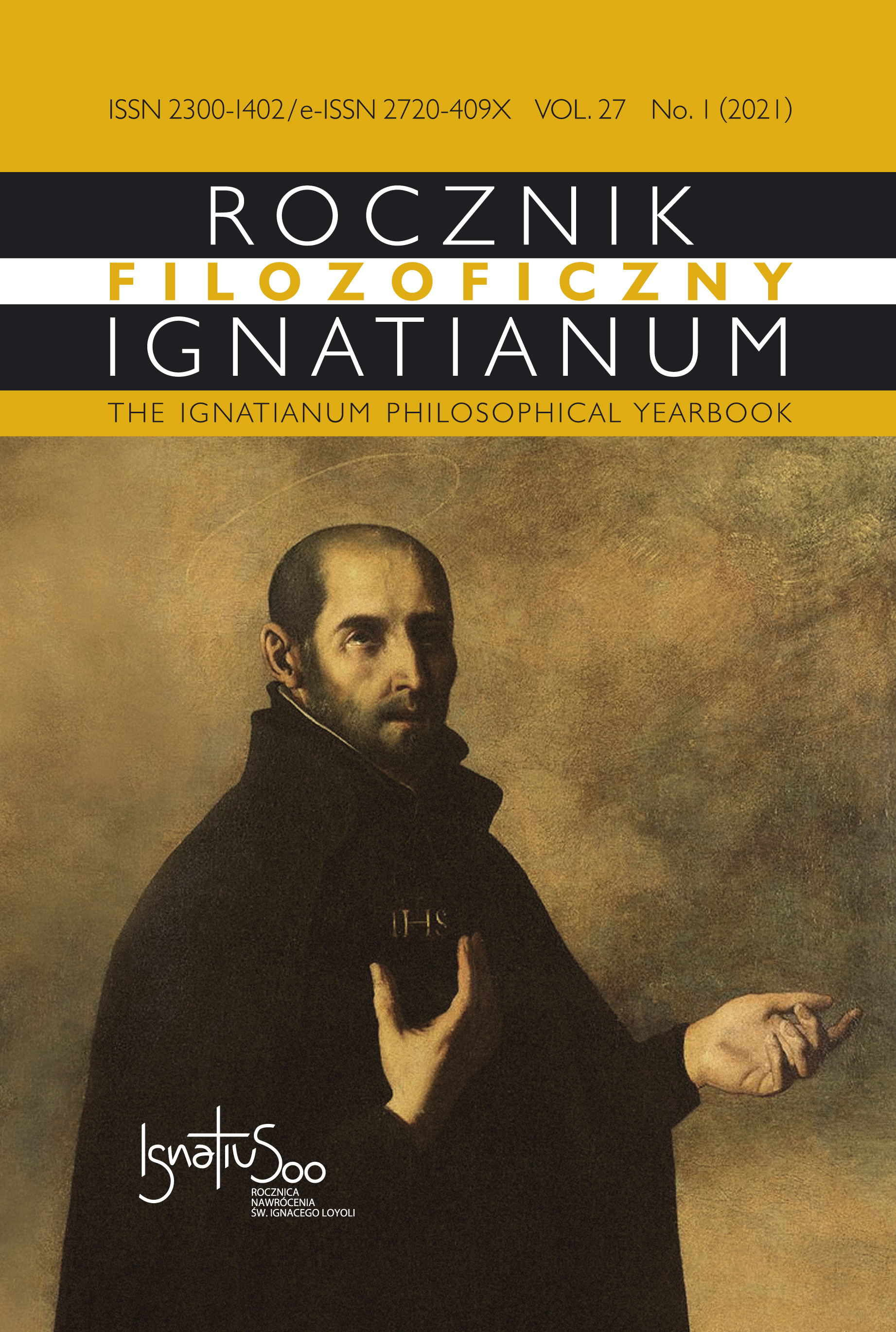Semantic Theory of Truth vs. Semantic Antinomies
Abstract
In the paper, I present Alfred Tarski’s debate with the semantic antinomies: the basic Liar Paradox, and its more sophisticated versions, which are currently discussed in philosophy: Strengthen Liar Paradox, Cyclical Liar Paradox, Contingent Liar Paradox, Correct Liar Paradox, Card Paradox, Yablo’s Paradox and a few others. Since Tarski, himself did not addressed these paradoxes—neither in his famous work published in 1933, nor in later papers in which he developed the Semantic Theory of Truth— therefore, I try to defend his concept of truth against these antinomies. I show that Tarskian theory of truth is resistant to the paradoxes and it is still the best solution to avoid the antinomies and remain within a classical logic, that is, accepting the laws of noncontradiction, excluded middle, and the principle of bivalence. Thus, the goal of the paper is double— firstly, to show that none of the versions of the Liar Paradox’s is a serious threat to Tarski’s concept of truth, and secondly, that Semantic Theory of Truth allows to remain within classical logic, and at the same time, avoid antinomies—which makes it the most attractive among classical theories of truth.
Copyright (c) 2021 Jesuit University Ignatianum in Krakow

This work is licensed under a Creative Commons Attribution-NoDerivatives 4.0 International License.
The Yearbook only accepts materials for publication that are free of all conflicts of interest, and that in no way involve conflicts over authorship, copyright, etc. The Editors will take action against any cases of plagiarizing, ghostwriting1, guest/honorary authorship2, etc. Where co-authored work is concerned, the Author listed first is expected to take responsibility for the submission, and is required to make clear the contributions of all of the Co-Authors involved. In the event of the publication owing its existence to funding dedicated to this purpose, this fact should be made clear: e.g. in any note of thanks/acknowledgement, or in a footnote, etc. Explicit notification should be given of any form of reprinting, with the appropriate evidence of permission to publish being furnished as required. Any impropriety on the part of Authors/Reviewers risks exposing them to appropriate responses from the relevant institutions.
______
1 This term refers to instances of a person who has made an essential contribution being omitted from the list of authors, or from notes conveying gratitude and/or acknowledgement.
2 This occurs when a person who has made either an insignificant contribution or no contribution at all nevertheless appears on the list of authors.





